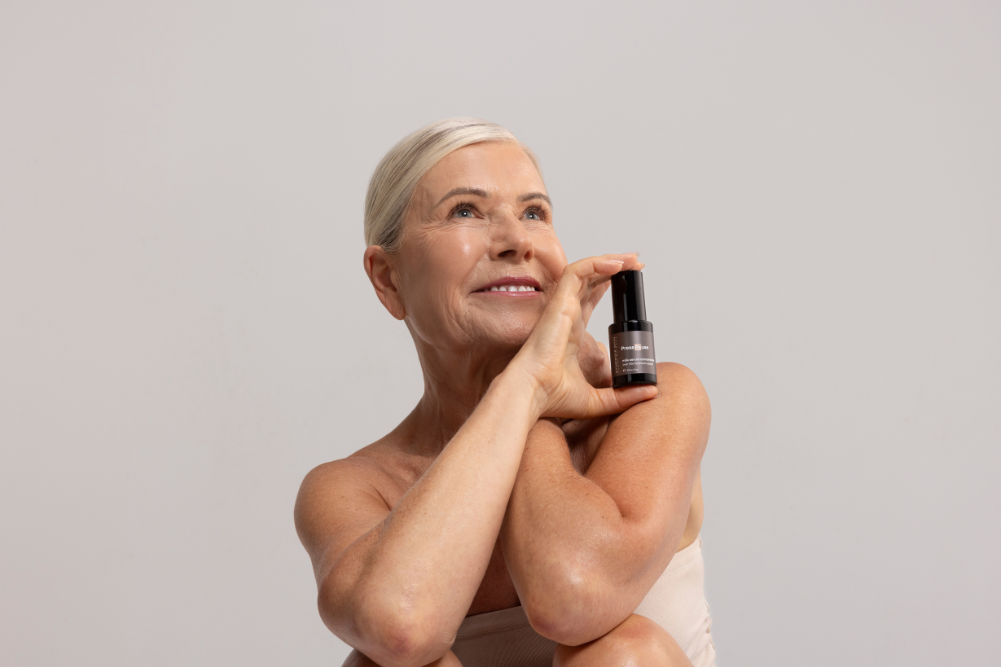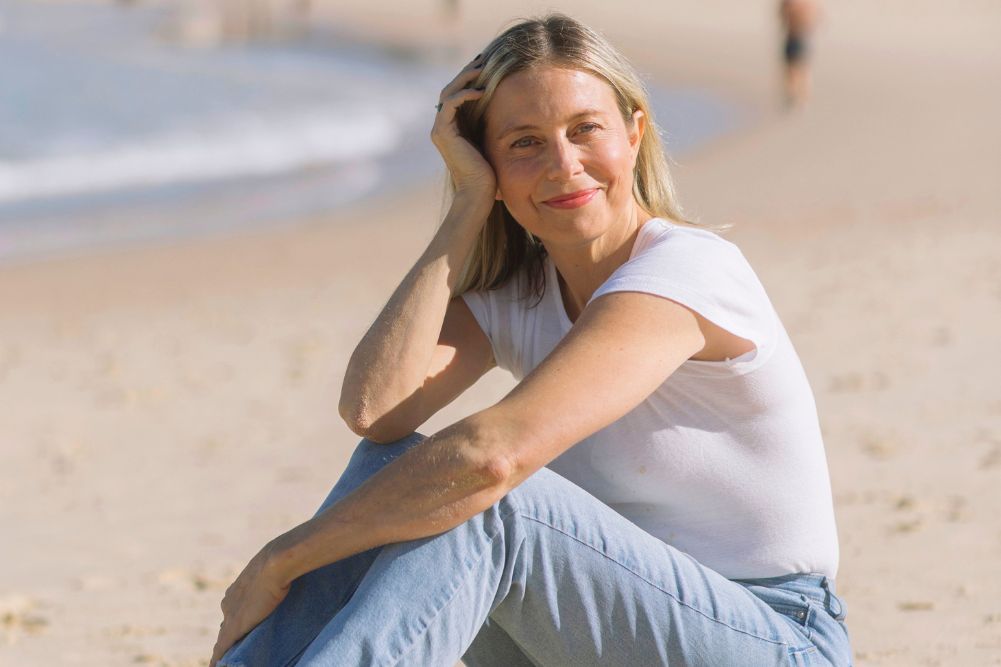Awoken: Our sleeping problems revealed
It’s commonly suspected that modern living – the pervasiveness of tech, work, stress and hyper-busyness –are behind many of our sleeping problems. Our assumption is that, by comparison, former generations slept blissfully on their hay, earth, reed or feather beds. What evidence is there for this, if any? Can the past inform us around better sleep practices?
Sleep in pre-industrial cultures
Undoubtedly, the most profound influence upon sleep has been the invention of the electric light bulb. It’s allowed us to postpone bedtime indefinitely and redefine the natural order of light and dark on the planet. As well as humans, this has impacted the sleeping patterns, behaviour and biology of other species. The negative impacts of constant illumination upon wildlife (and humans) have led to the Dark Sky Movement – a campaign to reduce light pollution across the earth.
Prior to the sweeping changes wrought by the industrial revolution (beginning in Britain in the 18th century) and the invention of the electric light bulb (in 1879), human sleep, like that of other animal species, was closely synchronised to nature. Instead of alarms, people woke to the crowing of chickens and the light of dawn; impending darkness ensured we were in bed not too long after dusk. Significantly, until only very recently, this has been our sleep pattern for the vast history of our species. Due to our lengthy evolution within the natural environment, our bodies and their workings (including sleeping, eating and activity) remain primed to respond to cues within nature – the rising and setting of the sun, lunar cycles, temperature fluctuations and darkness. Not enough time has passed for our bodies to be adapted to the rapid technological, social and cultural changes of the past two centuries. Okay. But, did pre-industrial man and woman actually get their eight hours in?
Sleep in early human societies
Unfortunately, we don’t have records of how long people snoozed in the distant past. However, anthropological research of tribal societies living without mod cons such as electricity, air-conditioning and tech provides an insight into how pre-modern people may have slept. And, surprisingly, it seems their sleep may not have been much different to ours.
A landmark study (published 2015 in Current Biology) examined the sleeping patterns of the Hadza people (in Tanzania), the San (in Namibia) and the Tsimane (in Bolivia). Both the Hadza and the San people live a hunter-gatherer lifestyle; the Tsimane practise hunting and horticulture. Shut-eye was surprisingly similar for all three societies, hovering at an average of between 5.7 to 7.1 hours. Typically, the cultures woke before sunrise and fell asleep a few hours after sunset. This might follow a winding down or social time in front of the fire – their equivalent of TV perhaps. Sleep length and timing were influenced by temperature and the season. In winter, for example, they slept longer (about an hour more) than in summer. But, in summer, daytime naps were more common. The onset of sleep coincided with falling ambient temperatures. Waking was triggered by the coldest point of the day (which, by the way, typically occurs on earth immediately after the sun rises).
As for their incidence of insomnia, interviews with the tribes suggest sleeping problems were relatively rare. Perhaps proof of this, the tribes had no word for insomnia. Of the participants interviewed, 1.5 to 2.5 per cent said they experienced regular troubles (defined as more than once a year) getting to sleep or staying asleep. This is vastly less than the 10-30 per cent of us estimated to suffer from insomnia in industrialised societies.
Siestas, naps and biphasic sleep
Some of the San also had a brief nap (on average 32 minutes) during the day. This was more common in summer than in winter (when it was relatively rare). Such naps or siestas continue to be practised in many parts of the world, including in the Mediterranean region and Southern America. Technically known as a biphasic sleep pattern, this typically involves a long period of sleep at night and a short nap or siesta in the middle of the afternoon.
Scientists believe the siesta might have a biological basis, if not be part of an ancient natural sleep rhythm. Around mid-afternoon, most of us (particularly in warmer climates) naturally experience what’s known as the postprandial lunch dip – a drop in blood glucose, alertness and energy. While the majority of us associate this with a “food coma” following a big lunch – and it is certainly exacerbated by it – this dip in energy actually occurs regardless of food intake. Sleep scientists speculate that napping in the mid-afternoon (between 2pm and 4pm) might be a natural and advantageous adaptation suppressed by our modern lifestyles. The theory is based on the fact that this slump in energy coincides with air temperature changes and the likelihood our former predators were taking a break and snoozing in the heat. At odds with popular thought, the late afternoon (and not noon) is the hottest part of the day.
Supporting the value of the siesta, societies practising it (such as the Greeks and Italians) appear to enjoy no detrimental effects, if not good health. In fact, a six-year Greek study of 23,681 individuals found those who napped occasionally had a 12 per cent lower risk of death from coronary causes. If they napped routinely, their risk was 37 per cent lower.
What we can learn from modern tribal societies?
While the tribal groups didn’t sleep longer than us, they did sleep better, experiencing very few episodes of waking and little trouble falling asleep. What can we learn from them?
The study authors suggest that mimicking aspects of their lifestyle might aid those of us with sleeping difficulties. Specifically, all three groups had maximal light exposures in the morning, which decreased in the afternoon. They were also subject to the natural temperature fluctuations of the day rather than insulated by air-con. Significantly, their sleep synchronised with natural daily temperatures and the rising and setting of the sun, and their sleeping patterns changed with the season. “Recreating aspects of the environments that we observed in pre-industrial societies might have beneficial effects on sleep and insomnia in industrial populations,” the study authors conclude.
We can also stop giving ourselves a hard time about our sleep. The tribal societies didn’t sleep longer than us, and more than likely people in the past had their wakefulness triggers, too, such as freezing nights without heaters, illness, marauders and predators.








